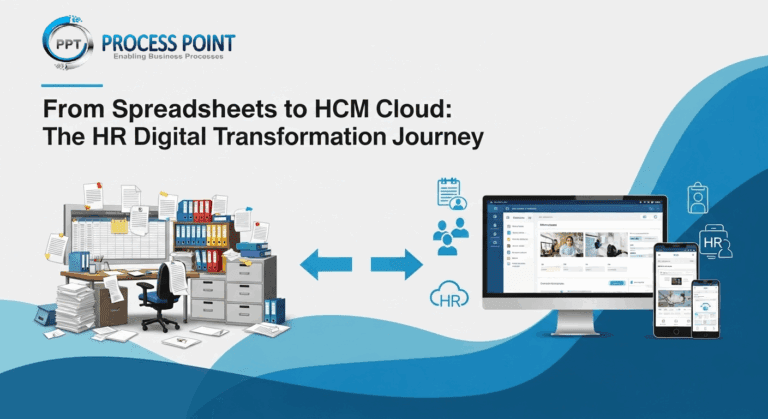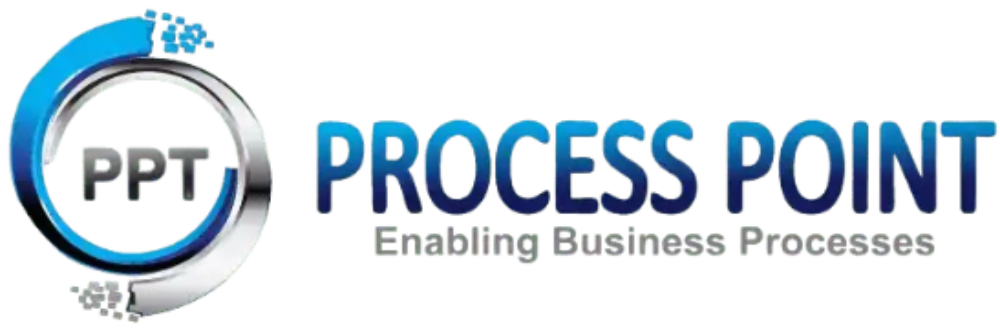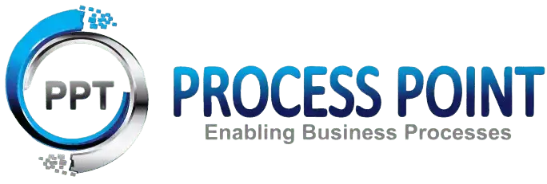From Spreadsheets to HCM Cloud: The HR Digital Transformation Journey
- Published on : July 7, 2025
Introduction

Imagine this: It’s Monday morning. An HR manager sits down with a stack of resumes, a spreadsheet open on one monitor, and an overflowing inbox. Payroll errors from last month still need fixing. Performance reviews are due, and a compliance audit is on the horizon. Sound familiar?
This scenario plays out daily in businesses that continue to rely on outdated HR practices and tools. But there is a better way. The move from spreadsheets to Human Capital Management (HCM) Cloud platforms marks a vital transformation for HR departments ready to lead in the digital age.
The Legacy HR Dilemma
For decades, spreadsheets were the go-to solution for tracking employee data, leave balances, and performance metrics. But as organizations grew, so did the complexity of their HR needs:
- Manual entry led to frequent errors and duplicated records
- HR teams spent more time collecting data than using it
- Recruitment processes were slow and inconsistent
- Payroll calculations involved multiple systems and cross-checks
- Managers lacked real-time visibility into workforce metrics
- Employee grievances were often lost in email threads or undocumented
- Regulatory compliance was reactive and stressful
These inefficiencies weren’t just frustrating—they also cost time, money, and employee trust.
The Catalyst for Change
The turning point often comes when leadership recognizes that HR must do more than just administer policies. It must help shape strategy, retain talent, and ensure compliance at scale. That’s when cloud-based HCM solutions enter the conversation.
Whether driven by rapid growth, changing workforce demographics, compliance demands, or employee expectations, the need for a unified and intelligent HR platform becomes clear. Many organizations also realize the risk of data loss, version confusion, and missed deadlines from relying solely on spreadsheets.
Enter the HCM Cloud
Modern HCM platforms like Oracle HCM Cloud replace siloed systems with a centralized, digital framework. Here’s how the transformation unfolds:
1. Centralized Data Repository
No more duplicate spreadsheets or inconsistent records. HCM Cloud creates a single source of truth for all employee data, accessible across the organization. This data unification enables streamlined reporting and cross-departmental collaboration.
2. Smarter Recruitment
AI-assisted candidate matching, automated interview scheduling, and personalized onboarding journeys reduce hiring time and improve quality. Candidate experiences are enhanced through mobile application tracking and consistent communication.
3. Payroll and Compliance
Automated payroll processing aligned with local tax laws ensures accuracy and timeliness. Audit-ready records simplify compliance and reduce stress during regulatory inspections. Built-in legislative updates keep organizations ahead of changing labor laws.
4. Performance and Learning
Integrated tools for goal setting, 360-degree feedback, performance reviews, and personalized learning paths help build a culture of continuous development. HR can also track skill progress and align it with organizational goals.
5. Workforce Analytics
Managers can now make informed decisions using dashboards that show turnover trends, skill gaps, engagement metrics, and headcount forecasts. Predictive analytics can also help anticipate attrition or optimize workforce planning.
6. Mobile and Self-Service
Employees can update personal info, apply for leave, view organizational charts, and access pay slips via mobile apps—reducing HR workload and improving engagement. Self-service tools also allow employees to manage benefits, training, and career planning.
7. Global Scalability and Localization
For multinational organizations, HCM Cloud offers localization for various countries—supporting multiple languages, currencies, and labor laws within a unified global HR framework.
A Human-Centric Shift
Beyond automation and analytics, HCM Cloud enables a cultural shift. It empowers employees with transparency and autonomy, gives managers real-time insights to lead better, and frees HR teams to focus on strategic initiatives like DEI, succession planning, and workforce agility.
This isn’t just a tech upgrade. It’s a mindset shift from reactive administration to proactive workforce engagement. HR becomes less about forms and files, and more about people and purpose.
Conclusion
Spreadsheets had their time. But today’s dynamic HR landscape demands agility, insight, and connected experiences. Moving to HCM Cloud is more than a digital upgrade—it’s the beginning of a new chapter in how organizations care for their people.
By embracing HCM Cloud, businesses not only modernize processes but also reimagine the role of HR as a key driver of growth and innovation—offering better experiences, stronger compliance, and smarter decisions across the workforce lifecycle.

